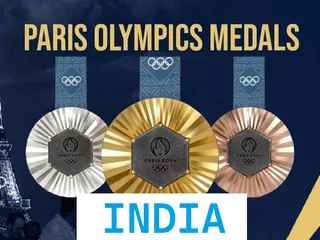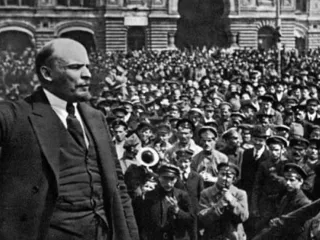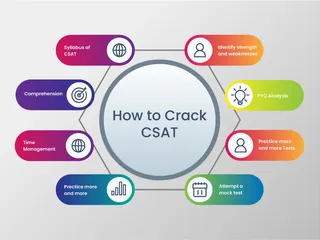In the world of storytelling, the terms "plot" and "storyline" are often used interchangeably, leading to confusion. While closely related, they represent distinct elements within a narrative structure. Understanding this difference is crucial for crafting compelling and engaging stories.
Storyline: The Chronological Sequence of Events
The storyline is simply the chronological order in which events occur in a story. It's a straightforward recounting of what happened, from beginning to end. Think of it as the raw material of the narrative, the series of happenings that make up the character's journey. It's the "what" of the story.
Example: A storyline might be: "A young woman meets a mysterious stranger, they fall in love, face a significant challenge, and ultimately overcome it together."
Plot: The Causal Chain of Events
The plot, however, is more intricate. It's not just the sequence of events, but the causal relationships between them. It focuses on the cause-and-effect relationships that drive the narrative forward, creating conflict, tension, and resolution. It's the "why" and "how" of the story.
Example: The plot might involve the mysterious stranger's secret past causing conflict, leading to tests of the young woman's loyalty, and ultimately resulting in a climactic confrontation that reveals the truth and solidifies their bond. The plot focuses on how the events are interconnected and contribute to the overall arc.
Key Differences Summarized:
- Storyline: Chronological order of events. Descriptive.
- Plot: Causal relationship between events. Action-oriented.
Mastering the difference between plot and storyline allows writers to craft narratives that are not only engaging but also structurally sound and impactful. A strong plot, built upon a clear storyline, is the foundation of memorable storytelling.
For further reading on narrative structure, you might find resources helpful from websites like MasterClass or Writer's Digest. These sites offer in-depth articles and courses on the subject.




















 (24)jpeg-1722421859875.jpeg.webp)








